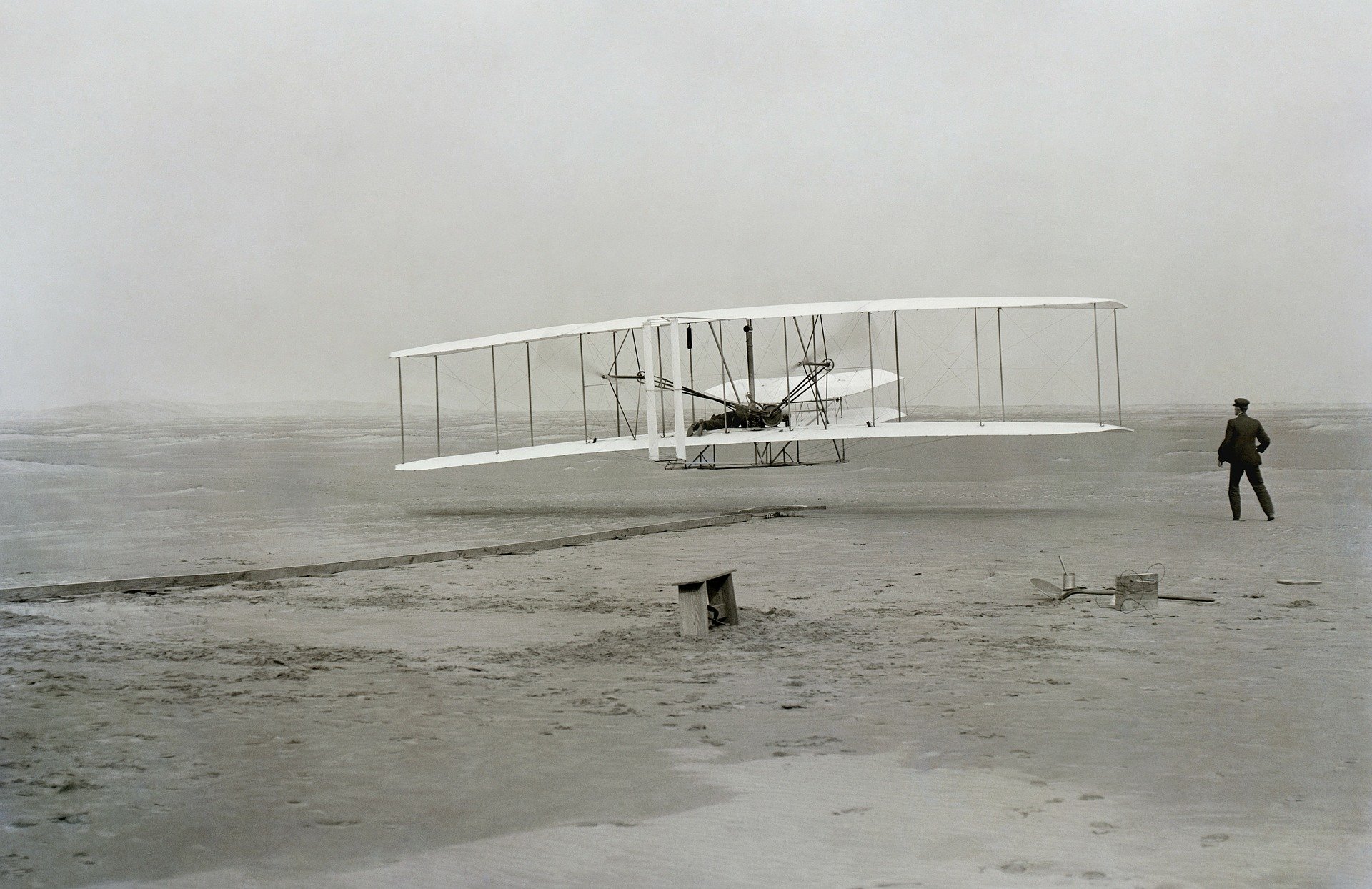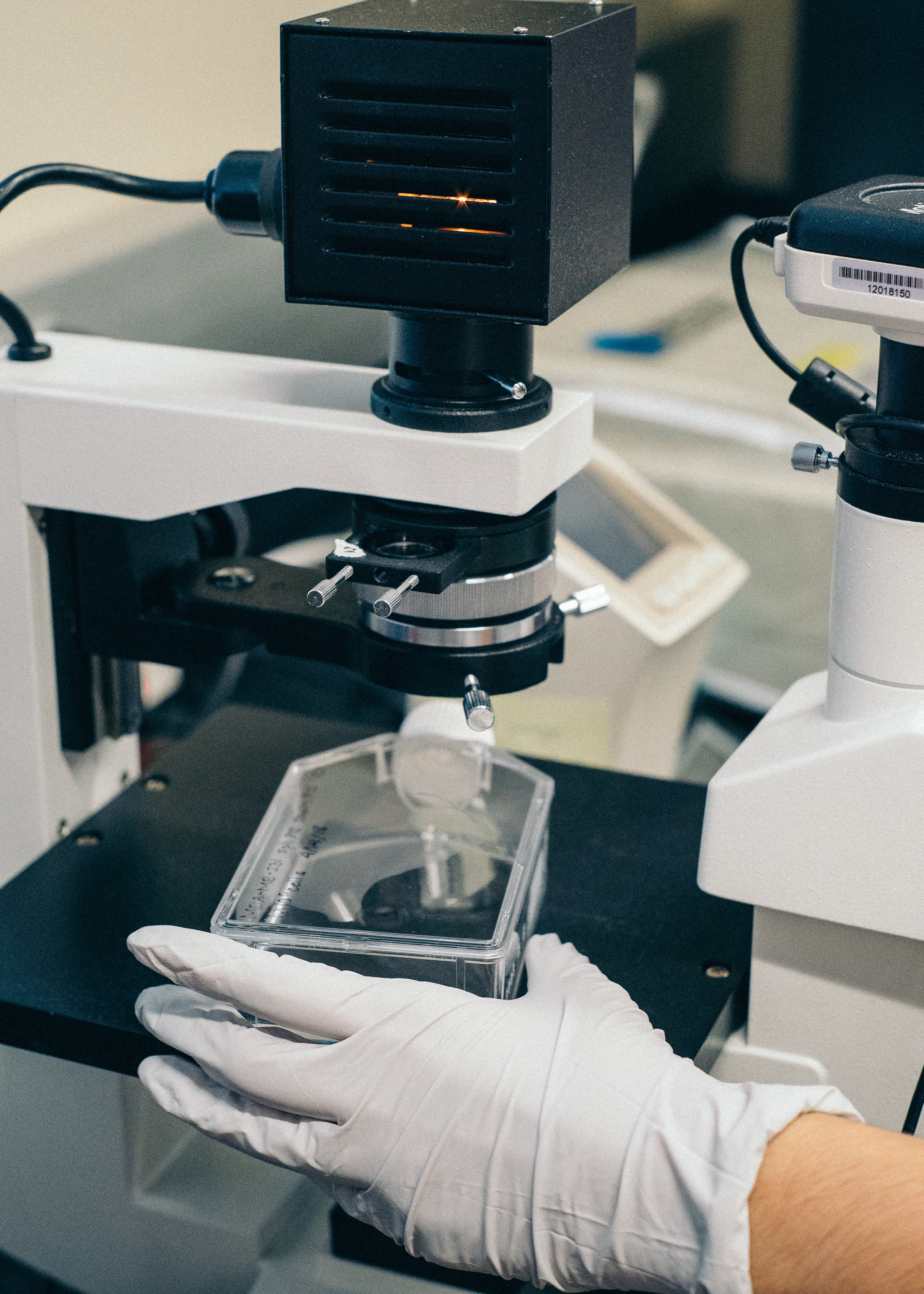Suiter Swantz IP 2021 U.S. Patent Calendar
Suiter Swantz IP 2021 U.S. Patent Calendar
At the beginning of each year, we enjoy creating a U.S. Patent Calendar that we send to our clients and friends. This year, we’ve also put together an online version that links to our Patent History blogs, so you can learn more about the calendar's featured patents.
If you would like a complimentary physical copy of our 2021 U.S. Patent Calendar, please send an email with your name and mailing address to info@suiter.com.
We hope you have a great 2021!
Sincerely,
The Suiter Swantz IP team
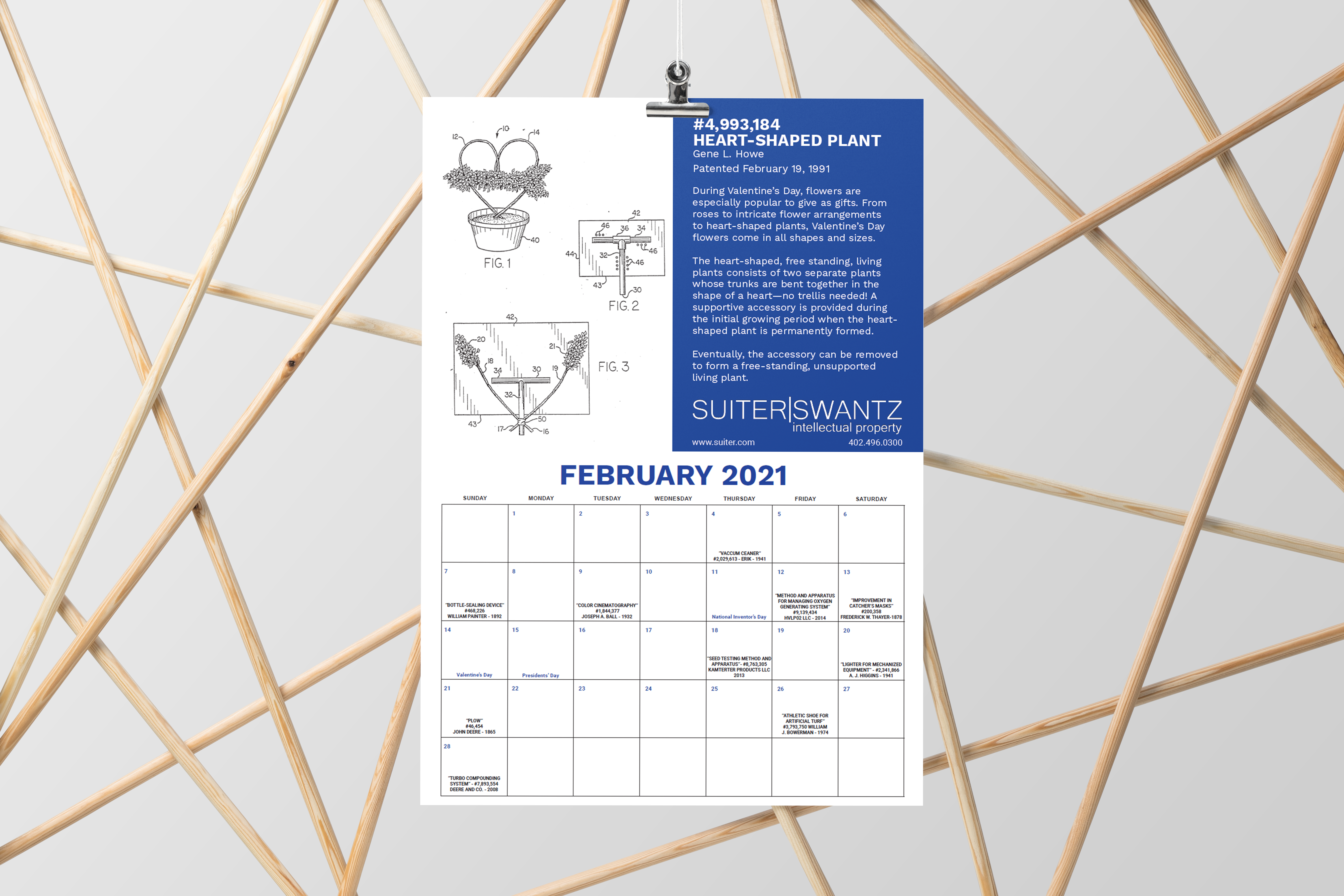
Suiter Swantz IP is a full-service intellectual property law firm providing client-centric patent, trademark, and copyright services. If you need assistance with an intellectual property matter and would like to speak with one of our attorneys, please contact us at info@suiter.com.
Ringing In The New Year With New Year's Eve Inspired Inventions
As we countdown to the new year, there are so many inventions to help us celebrate.
From festive accessories to champagne, new years celebrations are filled with patented innovations. Below are three of our favorite New Years Eve inventions to help you kick-off 2021.
1. Safety Champagne Cork - U.S Patent No. 4,474,302
While popping champagne is a New Years Eve tradition for many, this invention helps keep New Years Eve safe. To help solve the issue of corks accidentally releasing too soon, the invention includes a removable safety closure device. The device can only be used on bottles containing pressurized liquids, such as corked champagne or sparkling wines. When you're ready to pop the cork, you simply tear off the closure.
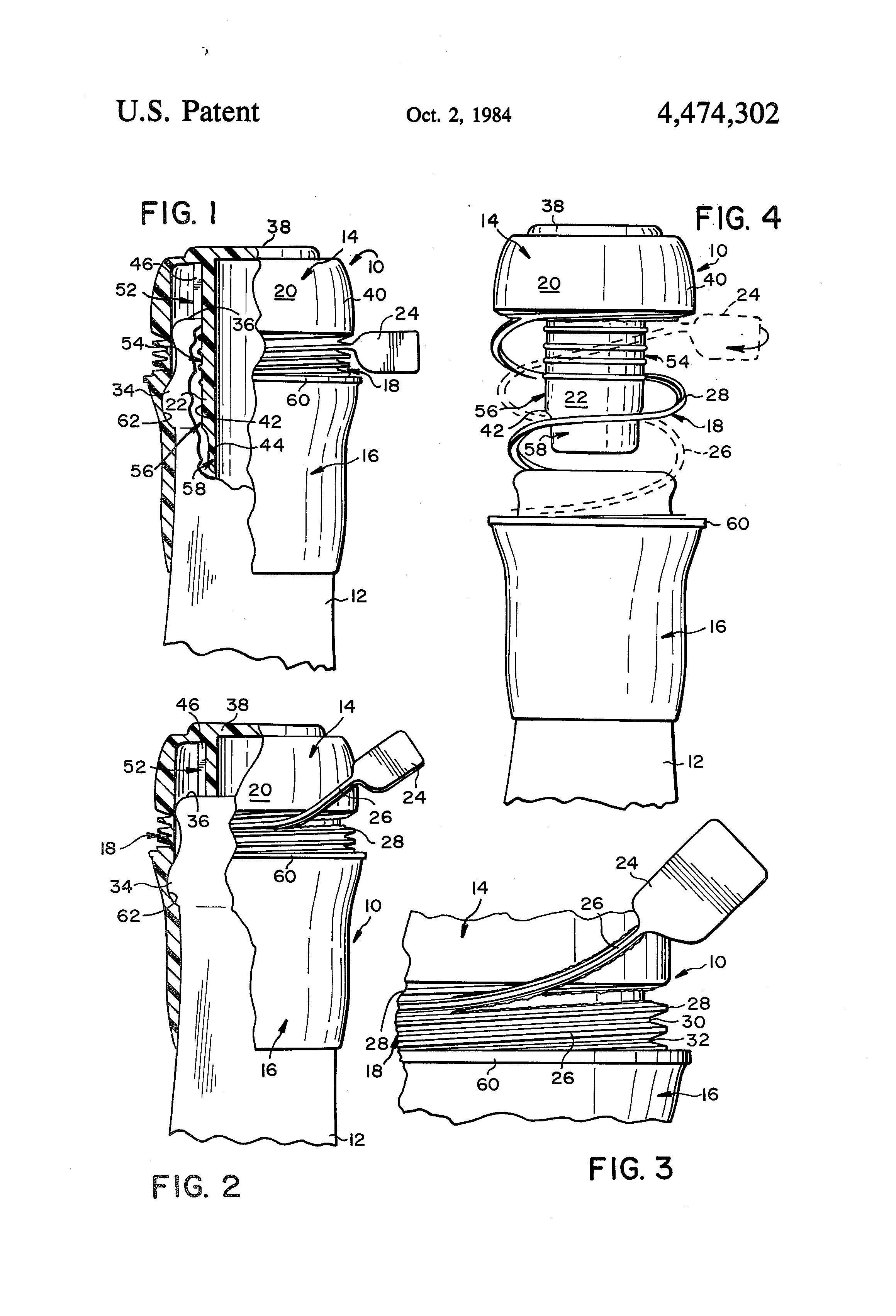
2. Novelty Eye-glass Frames - U.S. Patent No. 335,134
To represent the new year in style, New Years Eve themed glasses have been a popular statement accessory since their invention in 1993. Each new year, the glasses represent the upcoming year. Typically, the numbers of the new year are molded around the frames of the glasses. While they are festive to wear on New Years Eve, the glasses have also become collectibles.
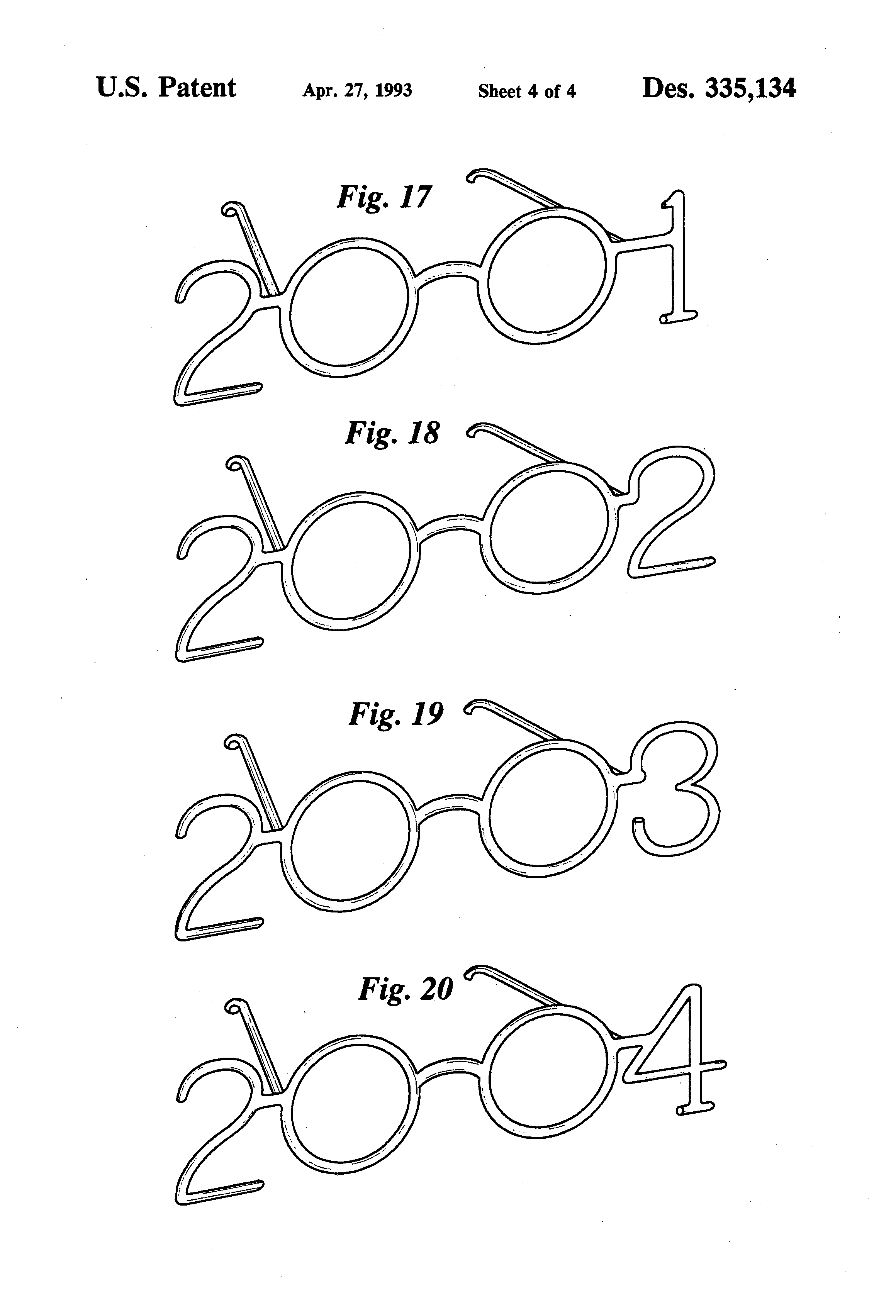
3. Ball-Drop Apparatus - U.S. Patent No. US20050138851A1
A popular way to celebrate the new year is to watch the ball drop in New York City's Times Square. Since 1907, watching the illuminating ball drop has been a holiday tradition. While there have been many different apparatuses to help keep this tradition alive, this 2005 version continues to help make the tradition run smoother.
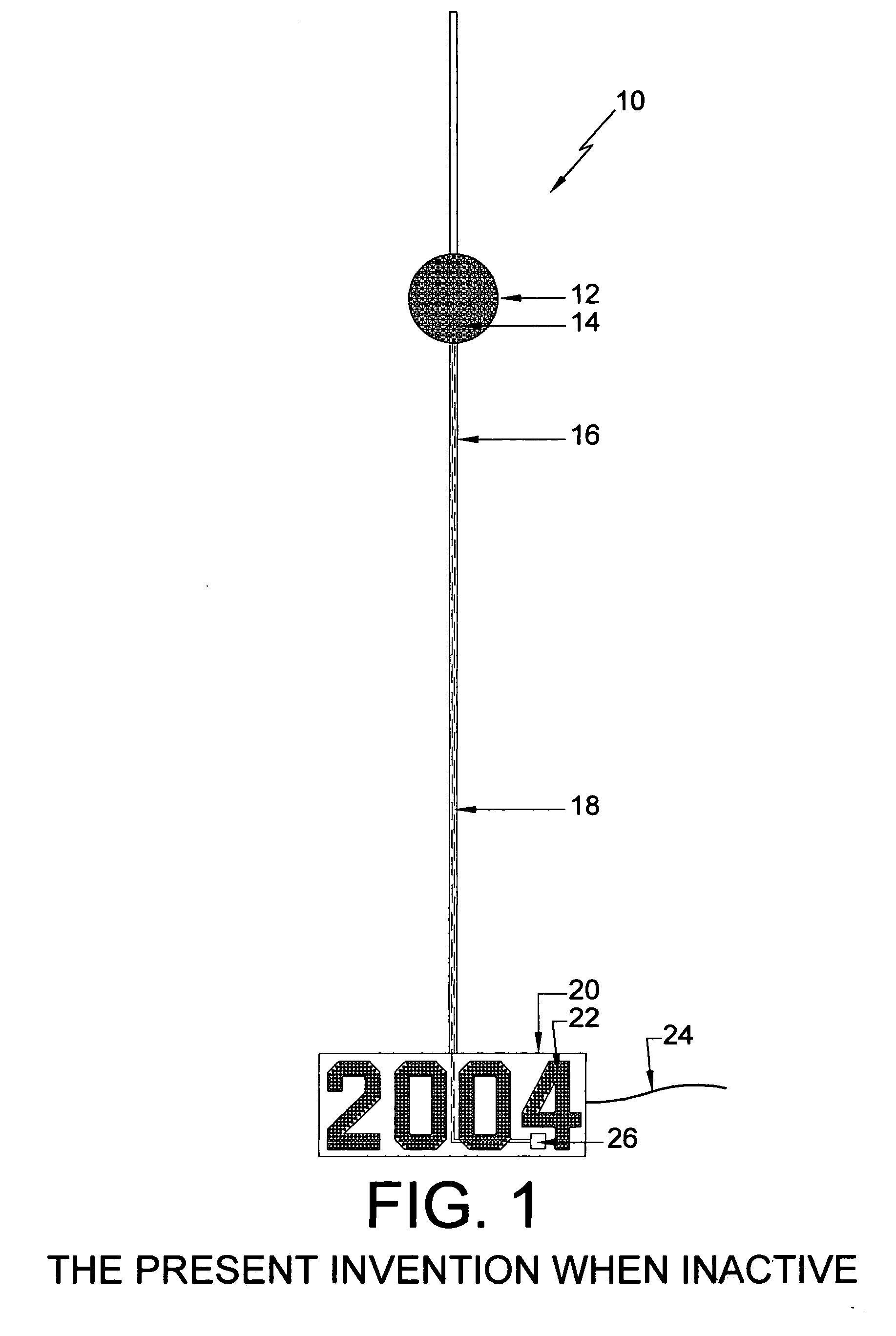
No matter how you celebrate the new year, everyone at Suiter Swantz IP wishes you a happy and healthy 2021!
Suiter Swantz IP is a full-service intellectual property law firm providing client-centric patent, trademark, and copyright services. If you need assistance with an intellectual property matter and would like to speak with one of our attorneys, please contact us at info@suiter.com.
'Tis The Season To Celebrate Some Classic Holiday Inventions
It's time to celebrate winter holidays and traditions. From snowy-weather activities to unique decorations, this time of year is always filled with joy and celebration.
As we celebrate the holidays, we've compiled a list of some classic and wacky holiday patents for you to enjoy.
1. Artificial Christmas Tree - U.S. Patent No. 1,656,148
This particular invention is intended to provide an artificial Christmas tree with flexible branches that allow for the device to be collapsed and then returned to the desired position. The tree also includes at least one electric circuit for Christmas tree lights. Since this tree's patent application in 1926, artificial trees have gained in popularity. Many artificial trees today feature lights, frosted branches and a variation of sizes and heights. And if families miss the real Christmas tree scent, manufacturers sell pine scented sprays to add to the ambiance.
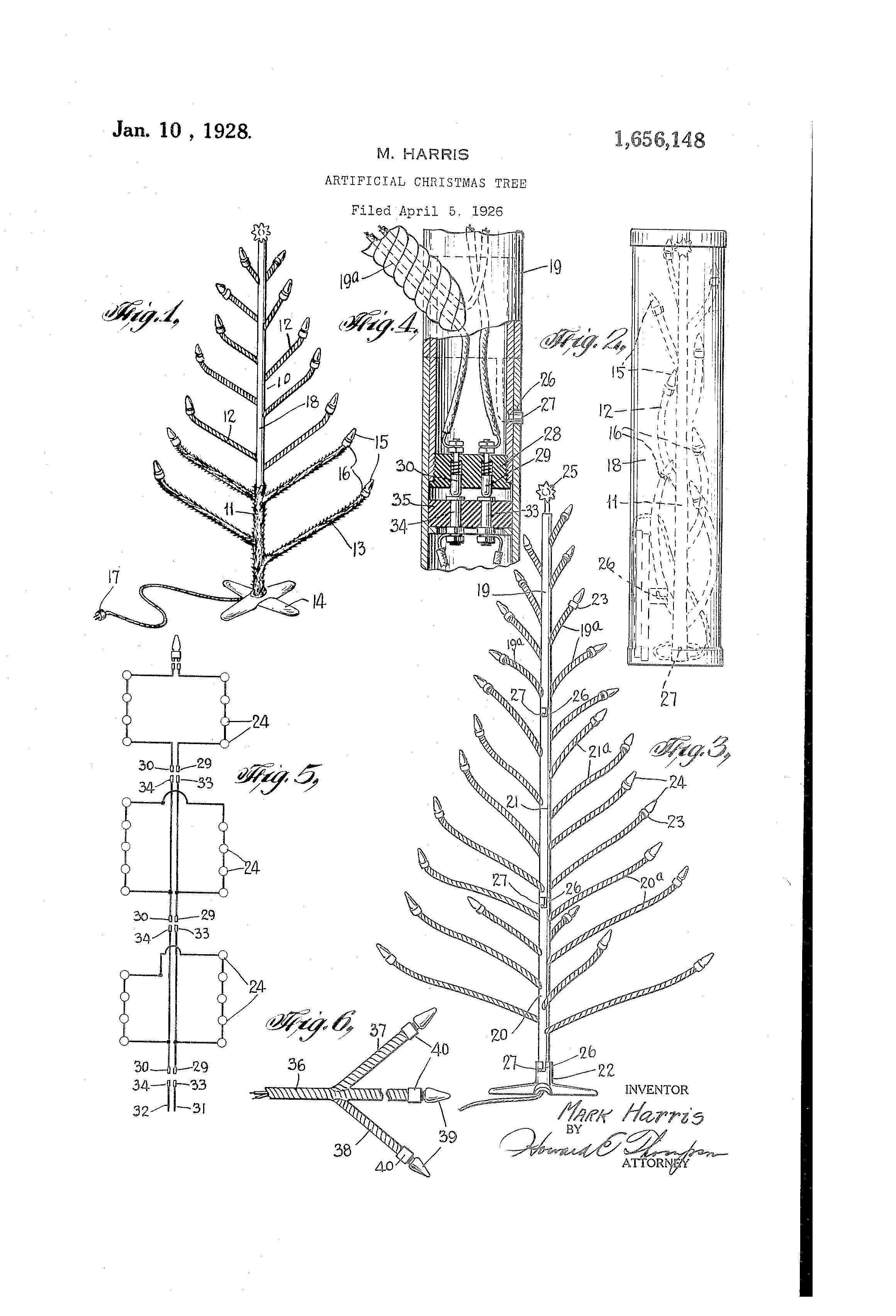
2. Snowball Forming and Throwing Toy - U.S. Patent No. 7,481,208
This invention takes snowball fights to the next level. Besides forming and throwing snowballs, the handle of this toy also doubles as a bugle! According to the patent, the interior patterned cup portion of the toy loosens packed snowballs that can otherwise cause harm during a snowball fight. The patent also notes that the toy is complete with a hollow handle with control holes to be opened and closed to increase throwing accuracy.
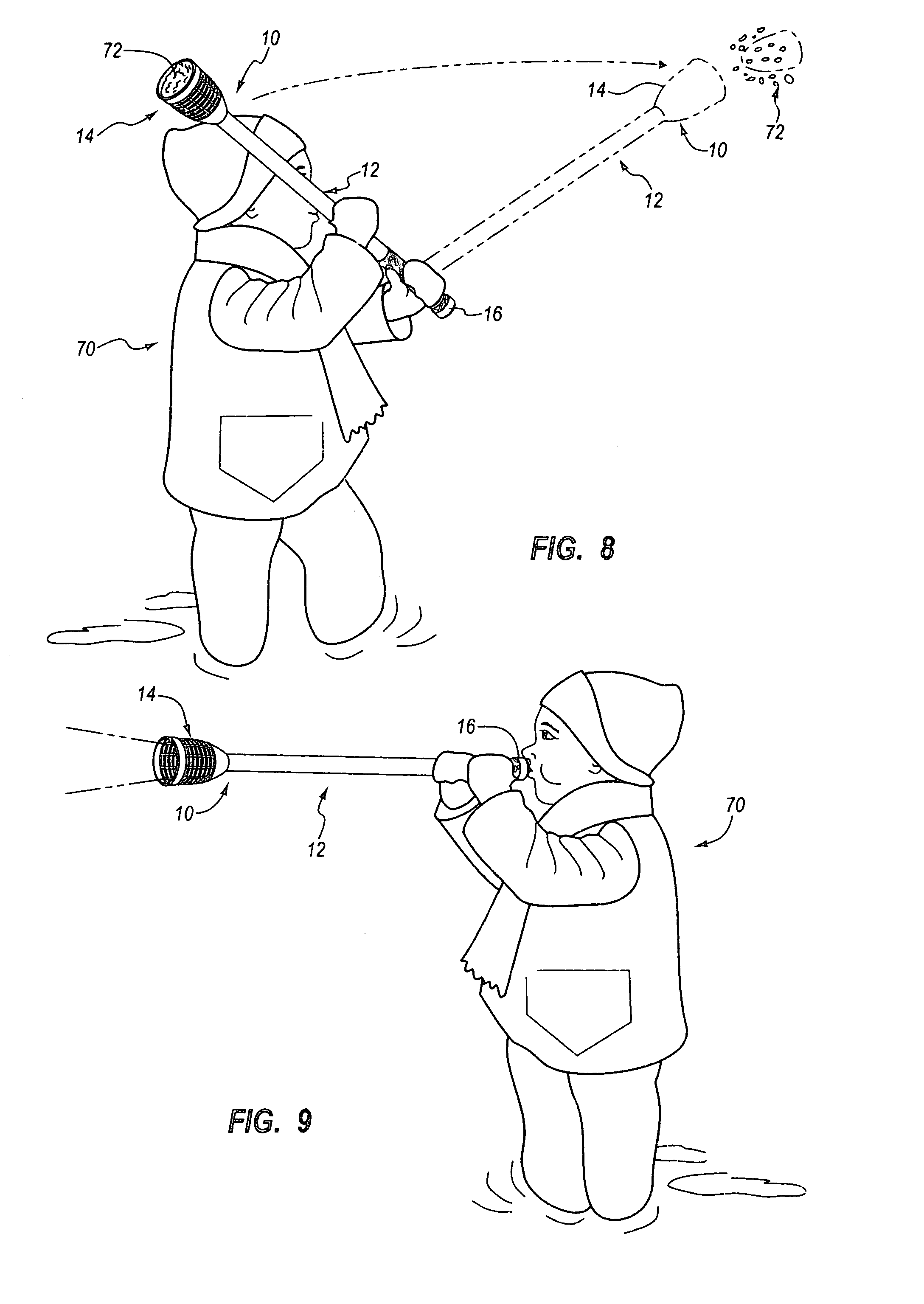
3. Cookie Cutter Assembly - U.S. Patent No. 2005/0132579A1
One of the best parts of the holidays is all of the sweets to indulge in. With this invention, a baker can save time by cutting multiple cookies at once! Georganne Sartori invention was published on June 23, 2005.

4. Menorah With Color-Changing Flames - U.S. Patent No. US20100261124A1
While lighting the candles of the Menorah has been a Hanukkah tradition for decades, Menorahs with color-changing flames is a modern-day invention. Invented in 2010, the kit includes a Menorah and eight candles for each corresponding day of Hanukah. What makes these candles special are their color-changing flames. Each candle is set to burn for at least 30 minutes while the flames showcases alternating colors.
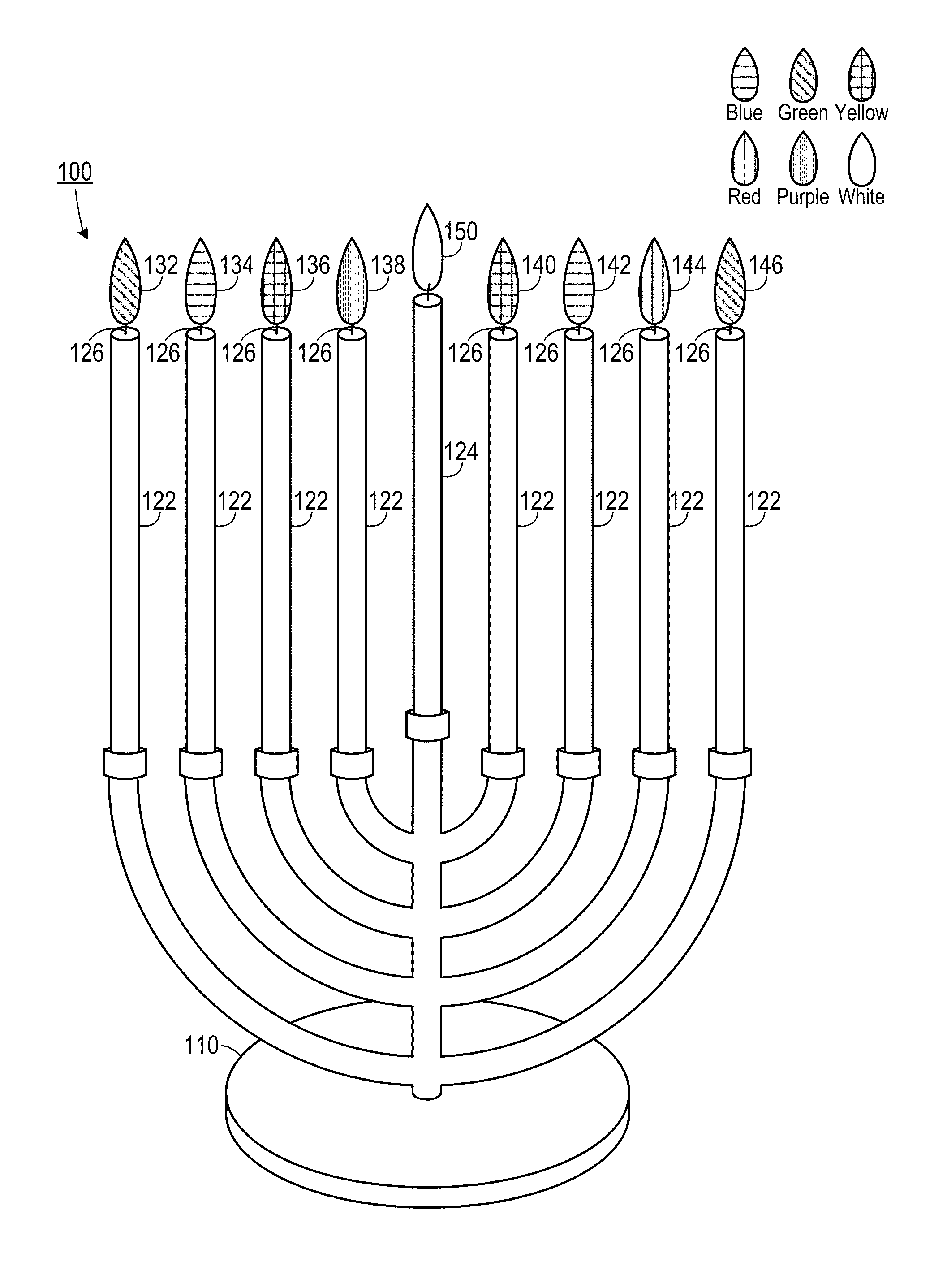
5. Santa Claus Detector - U.S. Patent No. 5523741
Invented by Thomas Cane in 1996, the device consists of a Christmas stocking illuminating signaling the arrival of Santa Claus. According to the invention, the Christmas stocking has a light source on the exterior of the stocking and a power source with a switching mechanism, which is contained in the stocking itself. The toe of the stocking has a hole that will allow for a slide pin. The stocking is hung by the chimney with care, and a decorative pull cord is tied to the ring at the toe of the stocking. The other end of the decorative pull cord is tied to either another stocking hung opposite or secured to a decoration on the other side of the fireplace.
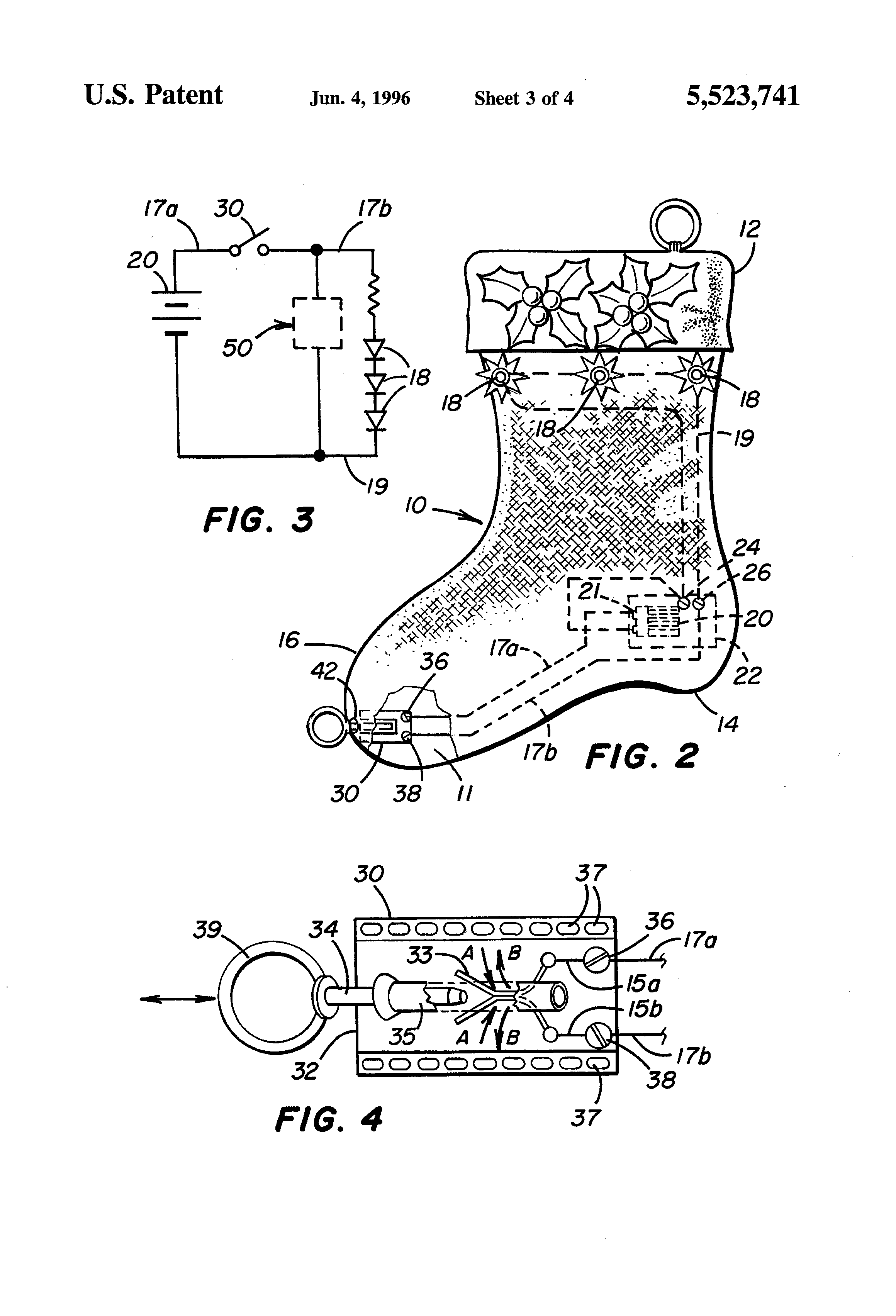
From all of us at Suiter Swantz IP, we wish you and your family a happy and safe holiday season!
Suiter Swantz IP is a full-service intellectual property law firm providing client-centric patent, trademark, and copyright services. If you need assistance with an intellectual property matter and would like to speak with one of our attorneys, please contact us at info@suiter.com.
Recognizing Wright Brothers Day and Aviation History
On Wright Brothers Day, Suiter Swantz IP commends Orville and Wilbur Wright's innovation and passion for aviation.
On December 17, 1903, two brothers from Dayton, Ohio changed the course of history with the first successful flight of a manned, engine-powered aircraft.
Orville and Wilbur Wright became interested in flight at a young age when their father brought home a toy rubber band-powered helicopter. The boys were curious and enjoyed building, tinkering, and fixing a variety of mechanical devices. Together they founded a bicycle repair and rental shop in 1893 in their hometown. A successful enterprise, the business provided the money the young men would need to begin experimenting with flight.
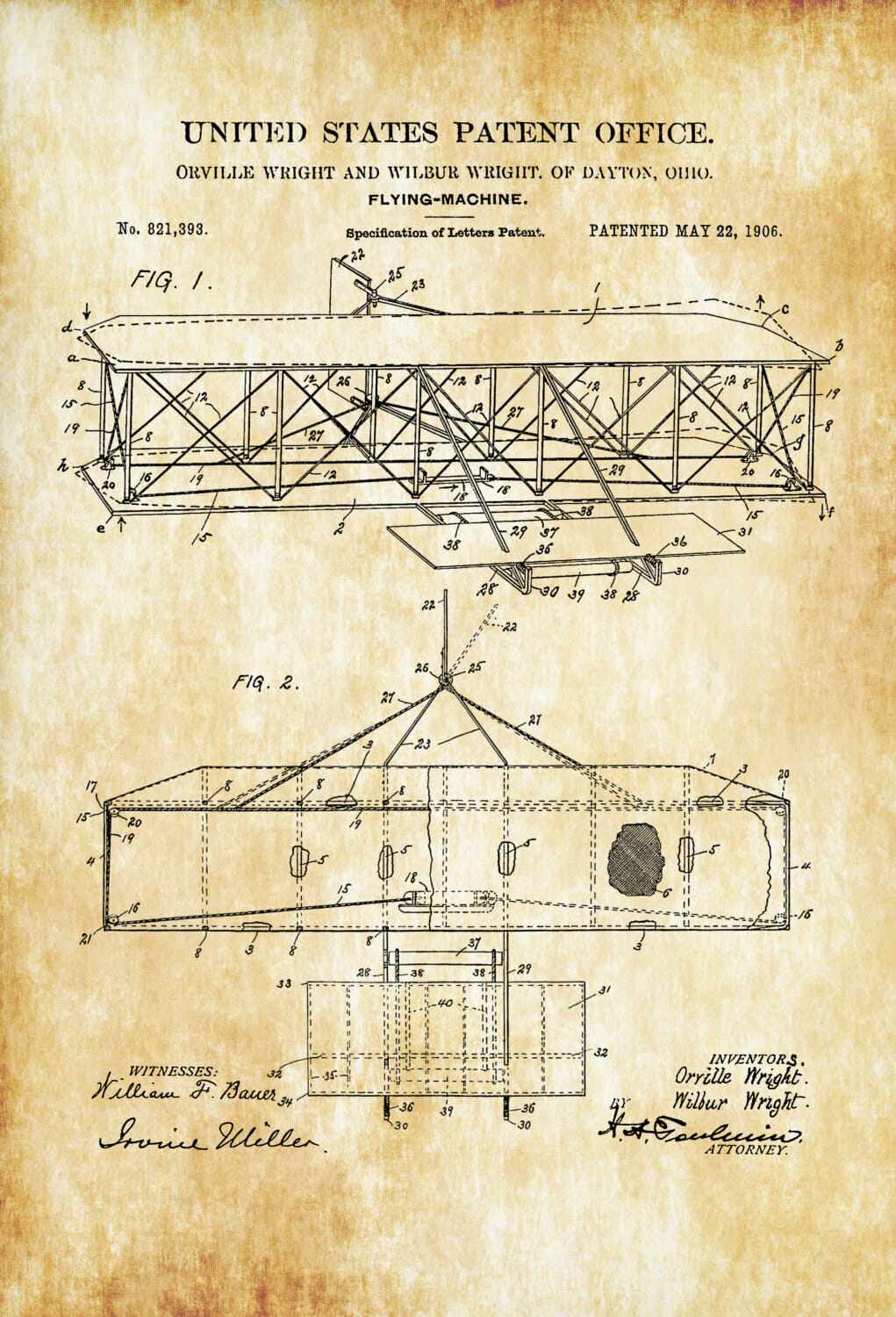
Their experience helped them create the Flyer, their hand-made aircraft. Their first successful flight took place on top of North Carolina's Kill Devil Hill, with Orville lying at the controls. The flight lasted 12 seconds at roughly 120 feet. The brothers ran three more successful flights that day, with the final one lasting nearly a minute at 852 feet. However, a gust of wind flipped the plane, damaging it beyond repair. However, they continued to improve their designs, building and testing new flyers through the early part of the 20th century.
The successful flight of the Flyer marked the first step of America's aviation journey. Since then, there have been revolutionary strides in aviation, including Amelia Earhart crossing the Atlantic and launching spaceships to the Moon. The Wrights' accomplishments helped establish the foundation for aeronautical engineering, and changed the course of aviation forever.
Suiter Swantz IP is a full-service intellectual property law firm providing client-centric patent, trademark, and copyright services. If you need assistance with an intellectual property matter and would like to speak with one of our attorneys, please contact us at info@suiter.com.
History of the Guitar: Electric to Acoustic, Van Halen to Fender
Music is a vital part of our cultural expression, and perhaps no musical instrument has shaped the development of music as much as the guitar.
From acoustic to electric, the guitar has gone through various transformations. However, what transformed the guitar and its place in popular music was the development of the electric guitar. The sound of a vibrating guitar string into an electrical signal allowed the instrument's sound to be amplified and showcased in rock and roll classics and modern-day music.
Despite the 20th Century improvements to the steel-stringed guitar, musicians found that the guitar was simply too quiet for many forms of modern music. This meant that by the big band jazz era, the guitar was relegated to a second-tier instrument in many ensembles, while brass instruments and the saxophone took on a more prominent position in bands. The guitar became a rhythm instrument until the instrument's sound became amplified.
Although many people tried to amplify the guitar’s sound using attached microphones or telephone transmitters, it was an electrical engineer named Adolph Rickenbacker who would convert the vibrations of the guitar strings into a clear resonant sound. The resultant ‘Frying Pan’ guitar became the first commercially viable amplified guitar. Hawaiian bands were the first to use the new guitars, but they quickly found their way to Western swing bands and jazz bands.
However, the feedback created by the traditional hollow-bodied guitar spurred several players and makers to try and develop a more suitable design. One maker was Leo Fender, an American inventor and founder of Fender Electric Instrument Manufacturing Company. While Fender had already patented a lap steel guitar, he recognized the need for an electric guitar that was easy to hold, tune and play.
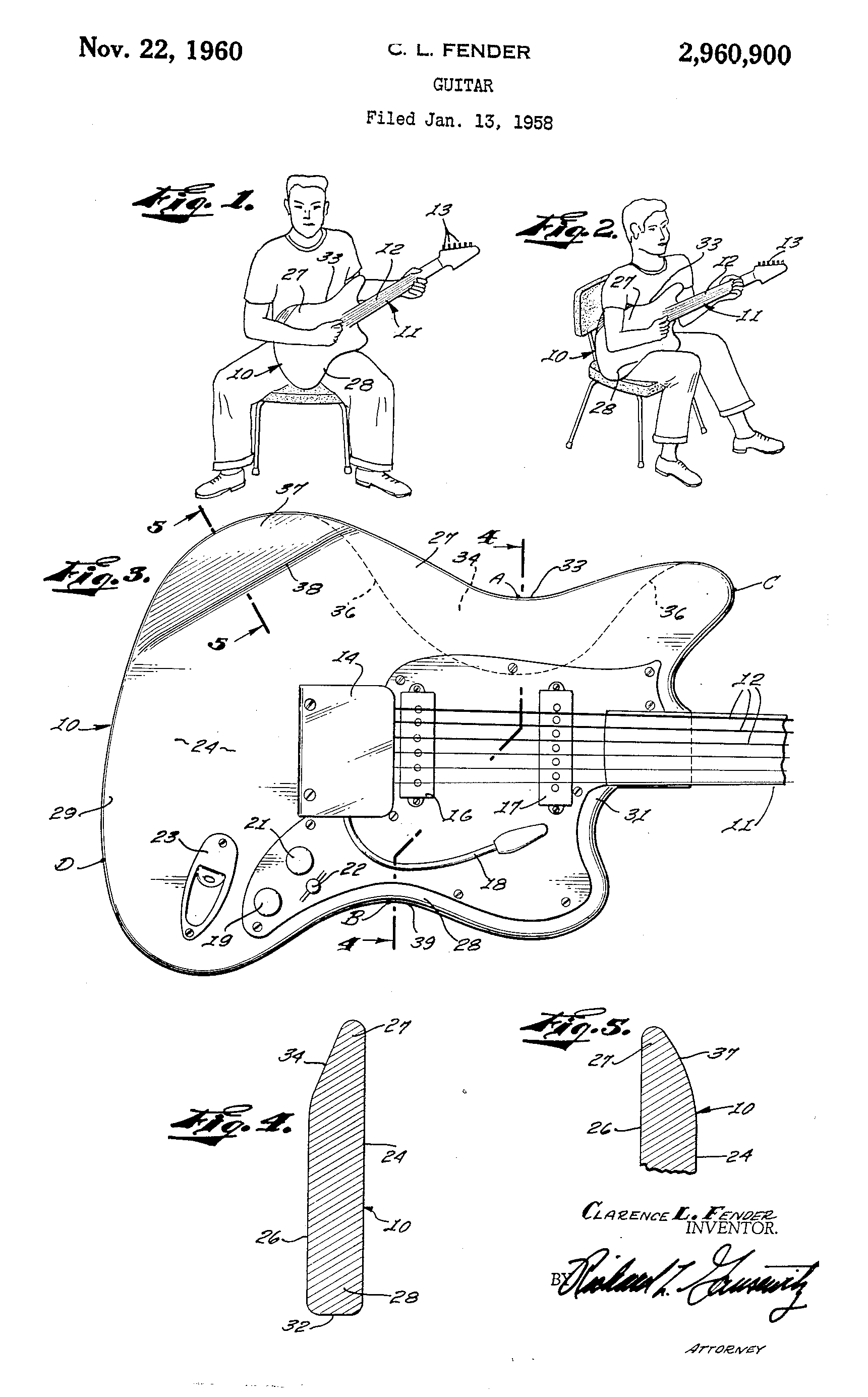
In 1948, Fender finished the prototype for a thin-body electric guitar. In 1950, it was released and became one of the most popular electric guitars in history. During this time, Fender was also tackling problems experienced by players of the acoustic double bass. While their volume couldn't compete with other musicians, the instrument was also large, bulky, and difficult to transport. Fender remodeled the bass guitar and introduced a bass amplifier, the Fender Bassman. In 1960, Fender invented the Jazz Bass, an updated bass with a slimmer neck. It was an instant hit and has remained popular to this day.
As guitars improved, so did their accessories. In 1985, late musician Eddie Van Halen filed a patent for his guitar rest invention. The rest allowed musicians to play their instrument with total freedom. The supporting device is constructed to support the instrument while the musician can create new sounds and play the guitar in a new way.
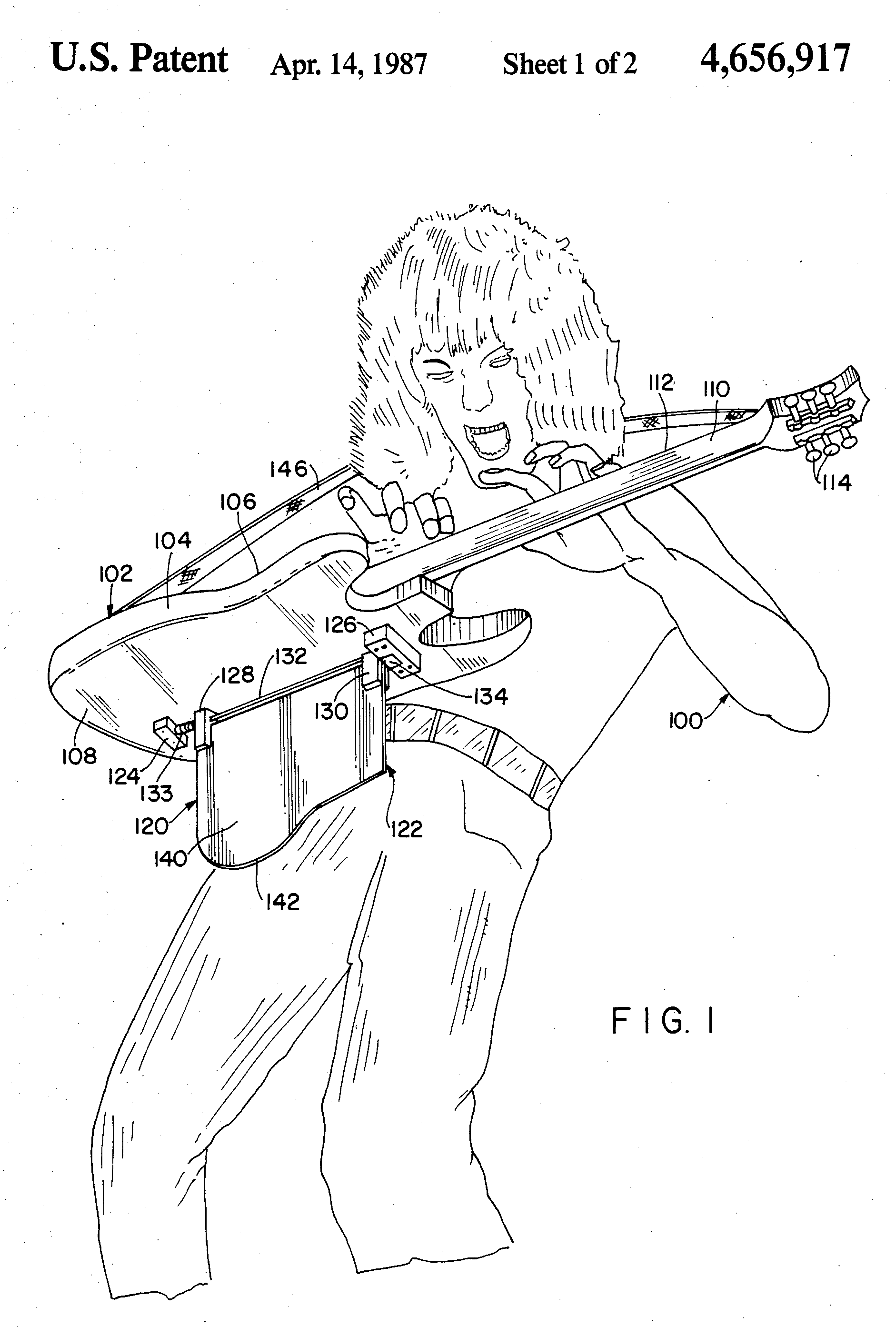
Throughout history, guitars have retained their influence as an iconic instrument in music. Through persistent innovations that have changed the shape and sound of the instrument, inventors like Fender have helped guitars continue to play a key part in the future of music.
Suiter Swantz IP is a full-service intellectual property law firm providing client-centric patent, trademark, and copyright services. If you need assistance with an intellectual property matter and would like to speak with one of our attorneys, please contact us at info@suiter.com.
Granville Woods' Railway Telegraphy Patent No. 373,383
As a trailblazing inventor, Granville Woods set out to develop the railroad telegraph. This device transmitted messages through static electricity between moving trains.
His invention made it possible for trains to communicate with the station and with other trains. Prior to the railroad telegraph, moving trains were unable to communicate with each other or with rail stations, resulting in dangerous situations.
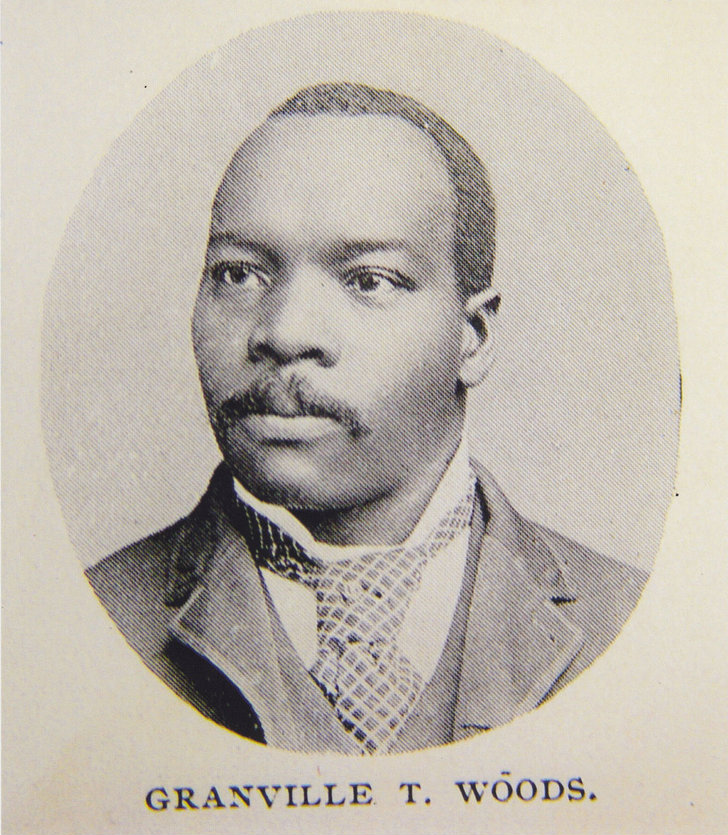
Born in Columbus, Ohio, Woods had little formal education. He left school at age 10 to work as an apprentice, studying to be a machinist. Woods held a variety of positions, including working as an engineer in a railroad machine shop, a steel mill, and as a railroad worker. In 1885, Woods began working on a device that allowed users to switch between voice or Morse code to transmit messages. The telegraph used static electricity from the existing telegraph lines running parallel to the train tracks, making messaging possible between moving trains and rail stations. The device allowed men to communicate by voice over telegraph wires, ultimately helping to speed up important communications and preventing train accidents.
Success led to lawsuits filed by Thomas Edison who sued Granville Woods claiming that he was the first inventor of the railway telegraph. Granville Woods eventually won, but Edison offered Woods a prominent position in the engineering department of Edison Electric Light Company in New York. Woods, preferring his independence, declined.
Woods' later inventions dealt with more efficient use of electricity. He created an overhead conducting system for rail and trolley cars to run on electric current instead of steam power. In addition, he devised a third rail that is still often used on many rail lines. The third rail carries electricity via electromagnetic switches and pulls trains along. He also improved the automatic air brake used by railroad cars. His patents were eventually bought and used by General Electric and the Westinghouse Air Brake Company. With his inventions aimed to provide safety, Woods continues to be one of the most prolific inventors in American history.
Suiter Swantz IP is a full-service intellectual property law firm providing client-centric patent, trademark, and copyright services. If you need assistance with an intellectual property matter and would like to speak with one of our attorneys, please contact us at info@suiter.com.
World Science Day for Peace and Development
Suiter Swantz IP celebrates World Science Day for Peace and Development. Today we observe the significant role of science in society and the need to engage the wider public in debates on emerging scientific issues.
By linking science more closely with society, World Science Day for Peace and Development aims to ensure that citizens are kept informed on scientific developments. It also underlines the importance and relevance of science in our daily lives.
Since its proclamation by UNESCO in 2001, World Science Day for Peace and Development has generated many concrete projects, programs, and funding for science around the world. The first World Science Day for Peace and Development was celebrated worldwide on November 10, 2002. The celebration involved many partners, such as governmental, intergovernmental and non-governmental organizations, scientific and research institutions, professional associations, the media, science teachers and schools
The main objectives of World Science Day for Peace and Development are to:
- Strengthen public awareness on the role of science for peaceful and sustainable societies
- Promote national and international solidarity for shared science between countries
- Renew national and international commitment for the use of science for the benefit of societies
- Draw attention to the challenges faced by science and raising support for the scientific endeavor
By linking science more closely with society, World Science Day for Peace and Development aims to ensure that citizens are kept informed of developments in science. It also underscores the role scientists play in broadening our understanding of our planet and making our societies more sustainable.
Let us use this day as a tool for making science more accessible, scientific process more inclusive, and the outputs of science more readily available for all!
Suiter Swantz IP is a full-service intellectual property law firm providing client-centric patent, trademark, and copyright services. If you need assistance with an intellectual property matter and would like to speak with one of our attorneys, please contact us at info@suiter.com.
Ways To Celebrate and Observe National STEM Day
Today we celebrate National STEM Day, a national holiday reserved to encourage kids and individuals of all ages to identify their passions in the world of science, technology, engineering, and math.
With occupations related to STEM expected to grow 70 percent faster than other occupations, STEM educators are encouraging people to take an interest in these subjects at any age.
As a firm made up of engineers and scientists, we recognize and appreciate the power of innovation and education. Here are some ways Suiter and Swantz IP encourages you to celebrate and observe National STEM Day :
Discover activities that are rooted in STEM subjects:
Whether it’s astronomy, app building, photography, or sodoku, chances are that many of your favorite hobbies have roots in STEM subjects.
Research some of your favorite innovators or inventions:
From classic creations to female engineers, now is the time to dive into the world of inventors and well-known people in the STEM industry. You'll be surprised at what you'll learn!
Practice your STEM skills
What's great about living in today’s digital age, it’s the never-ending access to information. There are hundreds of resources that could help you brush up on your STEM skills, many of which are offered free of charge.
No matter how you celebrate National Stem Day, make sure to look around and recognize the industry's history and technological advances made through STEM.
Suiter Swantz IP is a full-service intellectual property law firm providing client-centric patent, trademark, and copyright services. If you need assistance with an intellectual property matter and would like to speak with one of our attorneys, please contact us at info@suiter.com.
Classic Football Patents To Celebrate The Season
The long awaited football season is upon us. Whether you're watching your team from your couch or playing your own game, Suiter Swantz IP wants to kick-off the football season by showcasing some of the most historic patents from America's most-watched sport.
While this year's football season looks a bit different, the historic game remains the same. However, football has seen many changes since it's creation, and intellectual property rights have played a significant role in influencing those improvements. Read on below to learn more about the classic patents that have helped football become the sport it is today.
1. Helmet
Legend has it that the first football helmet was made out of moleskin by a local shoemaker at the request of a U.S. Naval Academy player whom doctors had warned might suffer “instant insanity” if he took another hit to the head. Thankfully, helmets have come a long way since, and their importance has garnered significant attention in recent years. The helmet design, U.S. Patent No. 2,293,308, is an early predecessor to the one fans are familiar with today. Innovations like extra padding, face guards, visors, and even a coach-to-player radio system continue to shape helmet design in the 21st century.
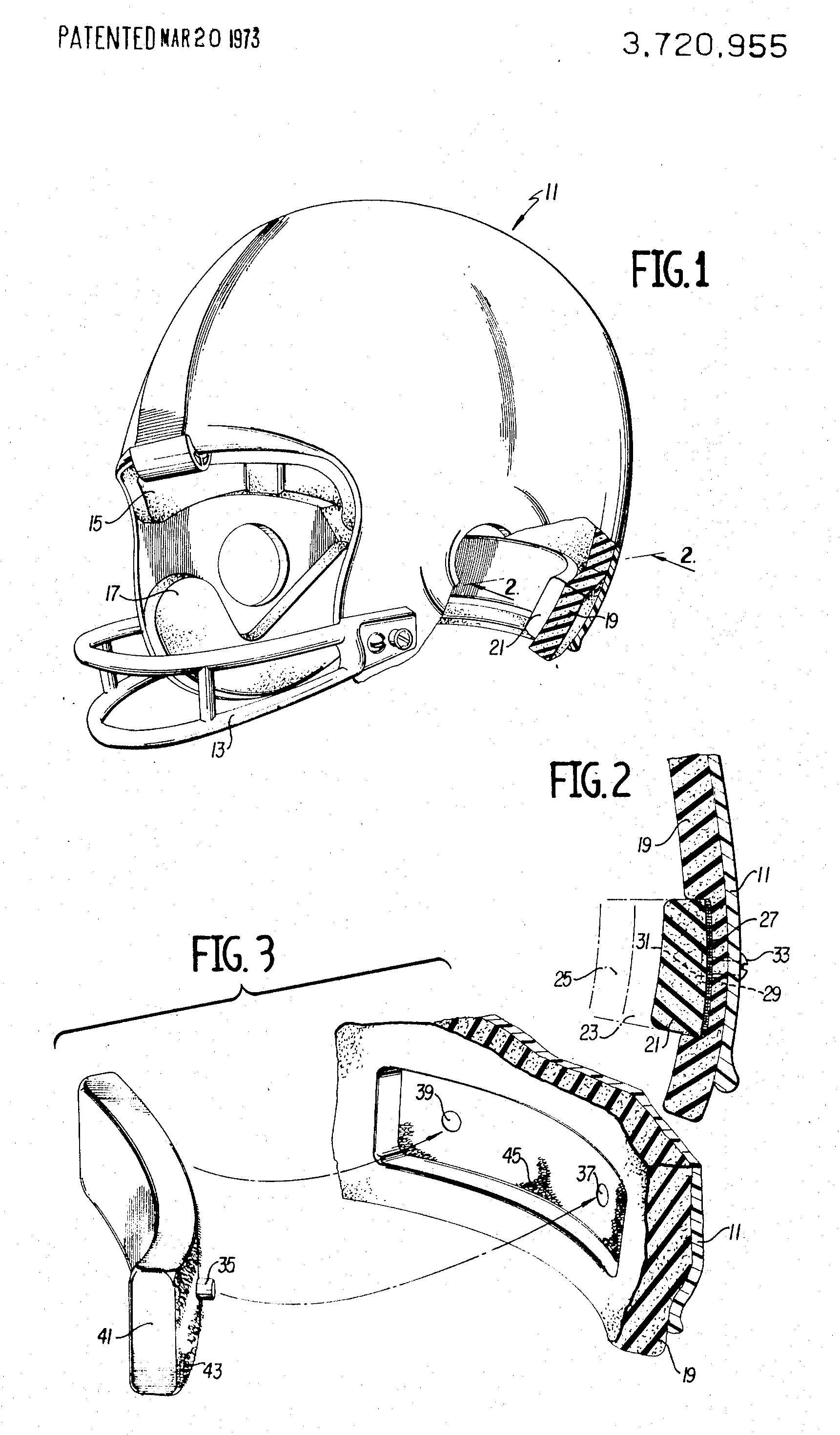
2. Ten Yard Line
Sideline officials have long used a 10-yard length of chain to measure if a team has advanced the ball far enough to earn a first down, and we have patents like U.S. 1,684,566 to thank for it. Moses H. Winkler’s 1927 invention of the Ten Yard Line was one of the earliest devices patented for such use. Winkler hoped his invention would prevent what he called “ugly situations” from arising over disputed calls from the officials.
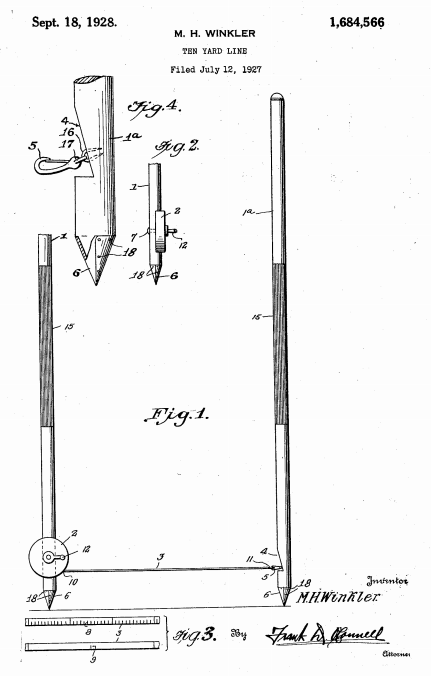
3. Football Uniform Pants
Over the years, football players have worn a variety of different pants. This pair, created by William P. Whitley and Robert C. Zuppke were designed to protect a player's body by inserting padding. While they weren't considered the most stylish, they have helped paved the way in helping protect players.
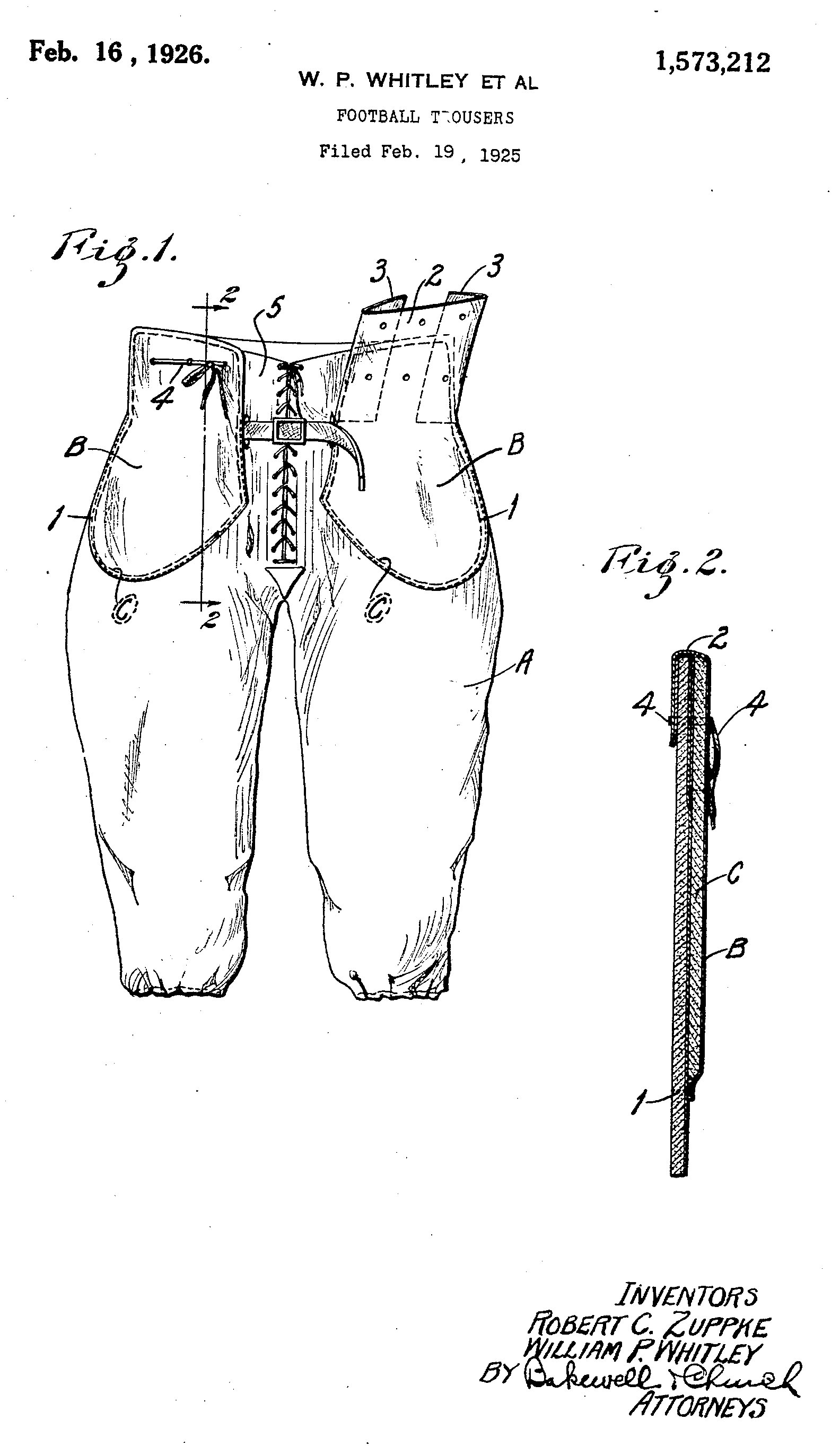
4. Detachable Streamers
For those who prefer a safer alternative to tackle football, flag or touch football are also fan favorites. Although flag-football was invented long before 1960s, U.S Patent No. 3,063,718 is one of the many innovations that helped improved the game. In 1962, Frederick E. Steinkamp recognized that playing touch football was difficult because there was no way to determine whether a touch had been made or not. . Steinkamp’s invention created a belt with two flags attached with a material similar to Velcro® on each side. These detachable streamers are still used widely today by youth and adult flag-football teams.
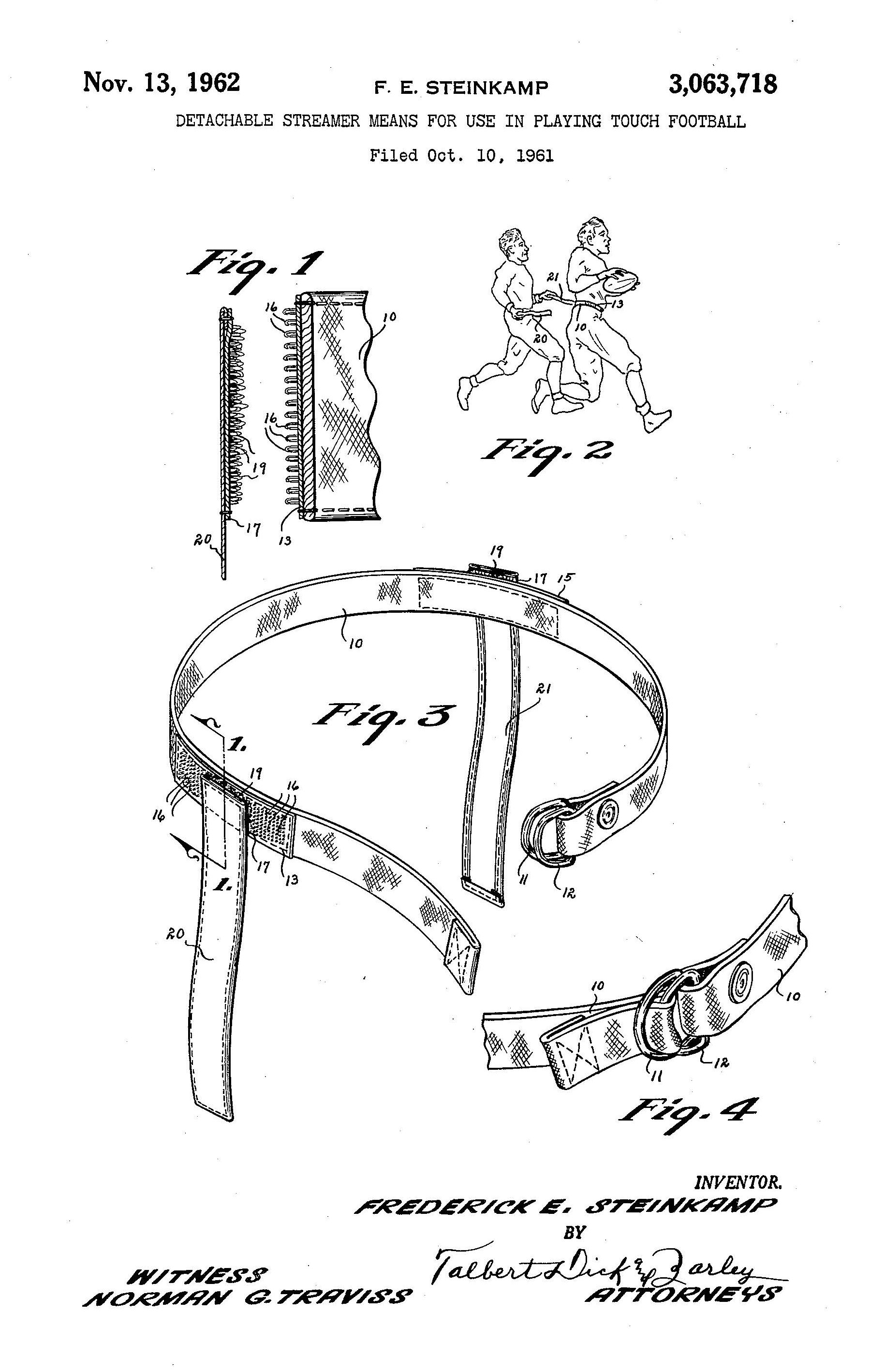
5. Foldable Stadium Chair
As any seasoned football spectator knows, bringing your own foldable chair is a must in preventing sitting uncomfortably in the stadium bleachers. In 1961, Francis H. Chute invented the "foldable stadium chair" to add some some comfort when watching football. Chute's chair could be secured to any stadium bench seating, allowing many to enjoy sporting events comfortably. Foldable stadium chairs have come a long way since Chute's invention, and have become an important accessory for any sporting event.
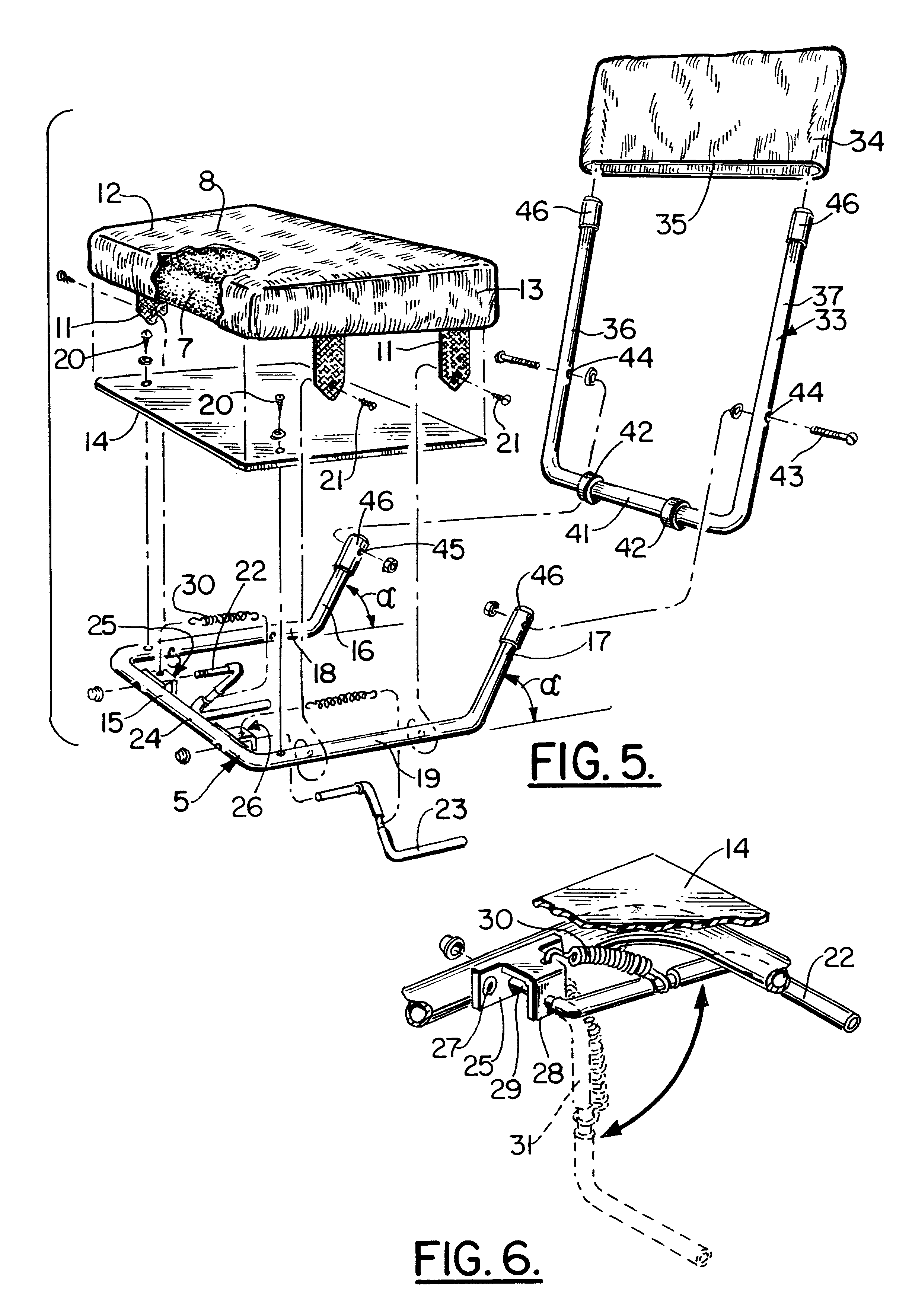
No matter what team you choose to root for this season, it's clear that innovation continues to improve the sport we know and love. From the player's uniforms to the devices used during the game, these inventions and designers have helped make the game what it is.
Suiter Swantz IP is a full-service intellectual property law firm providing client-centric patent, trademark, and copyright services. If you need assistance with an intellectual property matter and would like to speak with one of our attorneys, please contact us at info@suiter.com.
Celebrating Halloween With Candy, Costumes and Creepy Traditions
Parents and kids are scrambling to put the final touches on costumes and Jack-o'-lanterns, not to mention stocking up on candy for tonight's trick or treaters. However, over the years, the celebration has seen a lot of changes.
Before you head out for an evening of creepy festivities, here’s a look back at the origins of Halloween and all of its traditions.
Halloween can be traced back about 2,000 years to a pre-Christian Celtic festival held around November 1 called Samhain, which loosely translates to "summer's end." On Samhain eve—what we know as Halloween—spirits were thought to walk the Earth as they traveled to the afterlife. While today's Halloween does look a bit different, the crazy costumes, crisp weather and festive decorations continue to make it a favorite holiday.
From the extravagant to the simple, a large part of Halloween are the costumes. From the Pizza Slice costume to light-up masks, there's a costume for everyone - including your four-legged friends. Below is design patent that allows your pet to be dressed up as a toy surfer riding a surfboard!
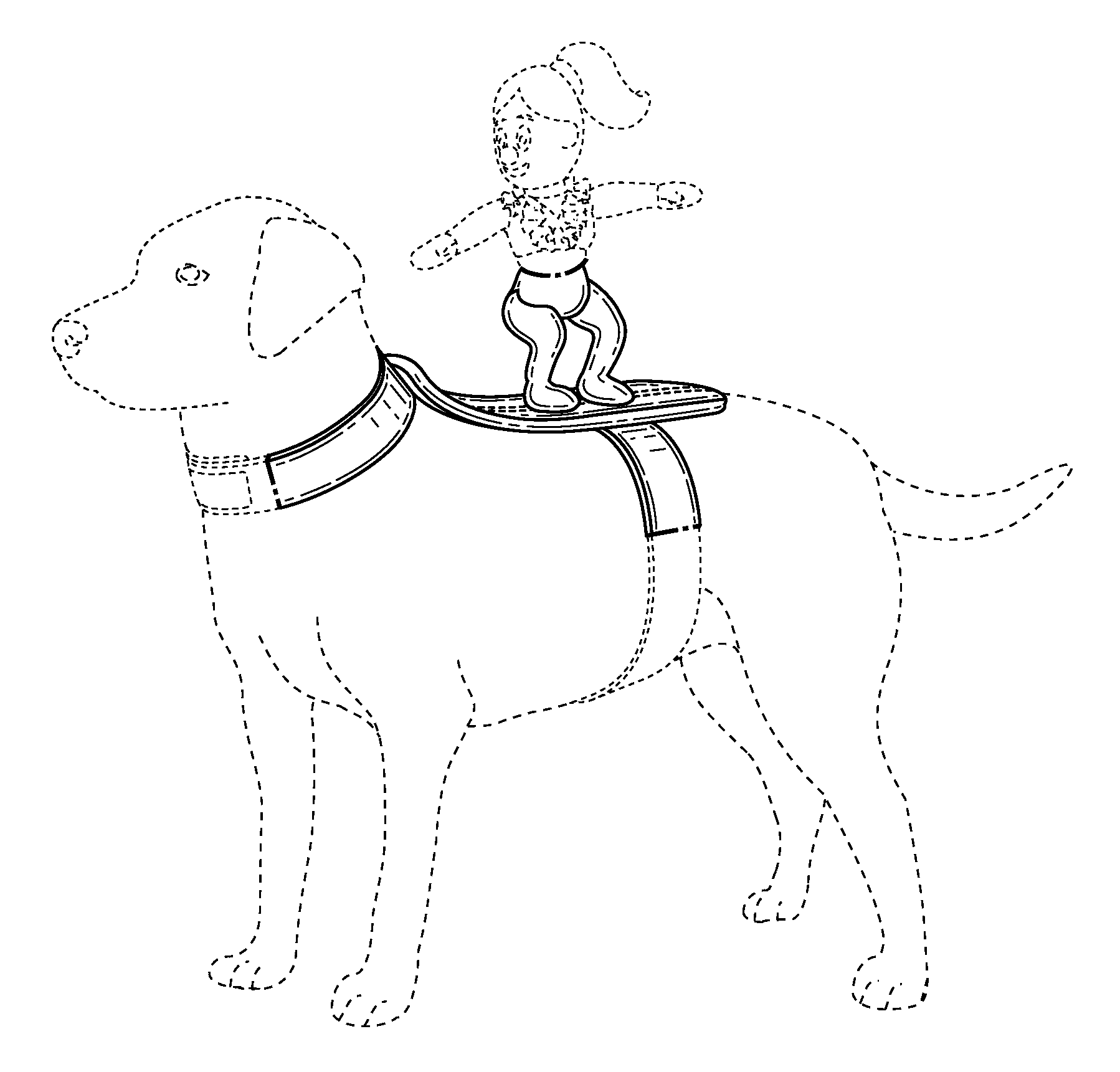
Halloween wouldn't be what it is without the decorations. The classic Jack-O-Lantern is a front porch staple, but adding tombstones and floating ghosts will have kids and adults alike get into the spooky spirit even more. The decorative ghosts are simply made out of a flexible sheet that can be draped over objects. This gives the object the appearance that they are floating.
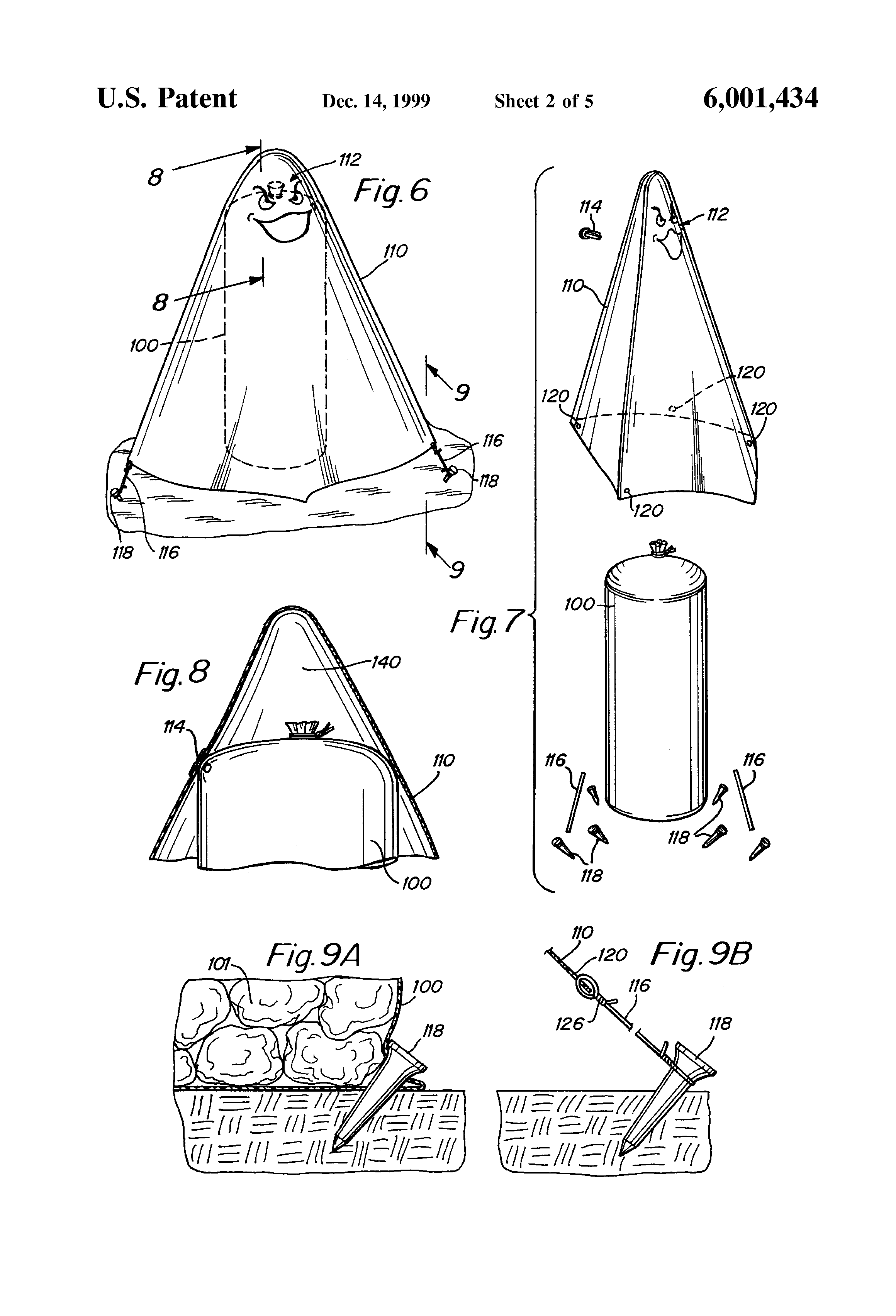
At the end of the evening, what's Halloween without candy? While surprising to some, intellectual property plays a significant role amongst candy makers. One of the most widely known chocolate manufacturers is Hershey Chocolate Corporation. Hershey, established in 1894, was granted the trademark for the original Hershey Chocolate bar in 1906. These same chocolate bars are handed out and enjoyed by kids and adults alike on Halloween. Some of them are even themed to look like chocolate tombstones!

Candy Corn is another autumn candy favorite. The yellow, orange, and white candy originated in Pennsylvania in the 1880s by George Renninger. The Goelitz Confectionery Company, manufacturer of Candy Corn, received the trademark for the popular candy in 1997.
Whether you're handing out candy, taking your kiddos out trick or treating or enjoying the treats and sweets surrounding the holiday, we at Suiter Swantz want to wish you a Spook-tacular Halloween!
For more Halloween-themed intellectual property, check out our annual Spooky IP video above.
Suiter Swantz IP is a full-service intellectual property law firm providing client-centric patent, trademark, and copyright services. If you need assistance with an intellectual property matter and would like to speak with one of our attorneys, please contact us at info@suiter.com.
Gearing Up For Halloween With Some Wacky Halloween Inventions
It’s that time of year again when ghosts and ghouls go bump in the night and trick or treaters hunt for candy and costumes.
While Intellectual Property may not the first phrase that comes to mind when thinking of Halloween celebrations, there are patents for every occasion - even the spookiest ones. Below is a list of some our favorite bizarre and wacky Halloween patents.
1. Halloween Treat Carrier - U.S. Patent No. 6,619,810
An illuminated candy carrier is provided for use by children on Halloween. A large bucket-shaped container is formed in the shape of various Halloween items such as a jack-o-lantern, a ghost or a vampire. At the base or bottom of the container is a battery holder and a flashlight bulb. A series of flashing lights are located in the handle and are electrically connected to the same battery pack and switch. When activated, the carrier produces a glowing effect throughout the container. While the lights help give the creation a spooky glow, it also helps to increase the visibility of the child carrying it on a darkened street.

2. Temporary Fang - U.S. Patent No. 5,547,381
In 1996, inventor Donald Nutting received a patent for his creation of a temporary fang and the method for attaching it to an actual tooth. The tooth cap has a front side and a back side which form a tip at the end. A hole on the backside of allows the fang to easily be secured in place. This accessory adds another element of spooky to any costume.
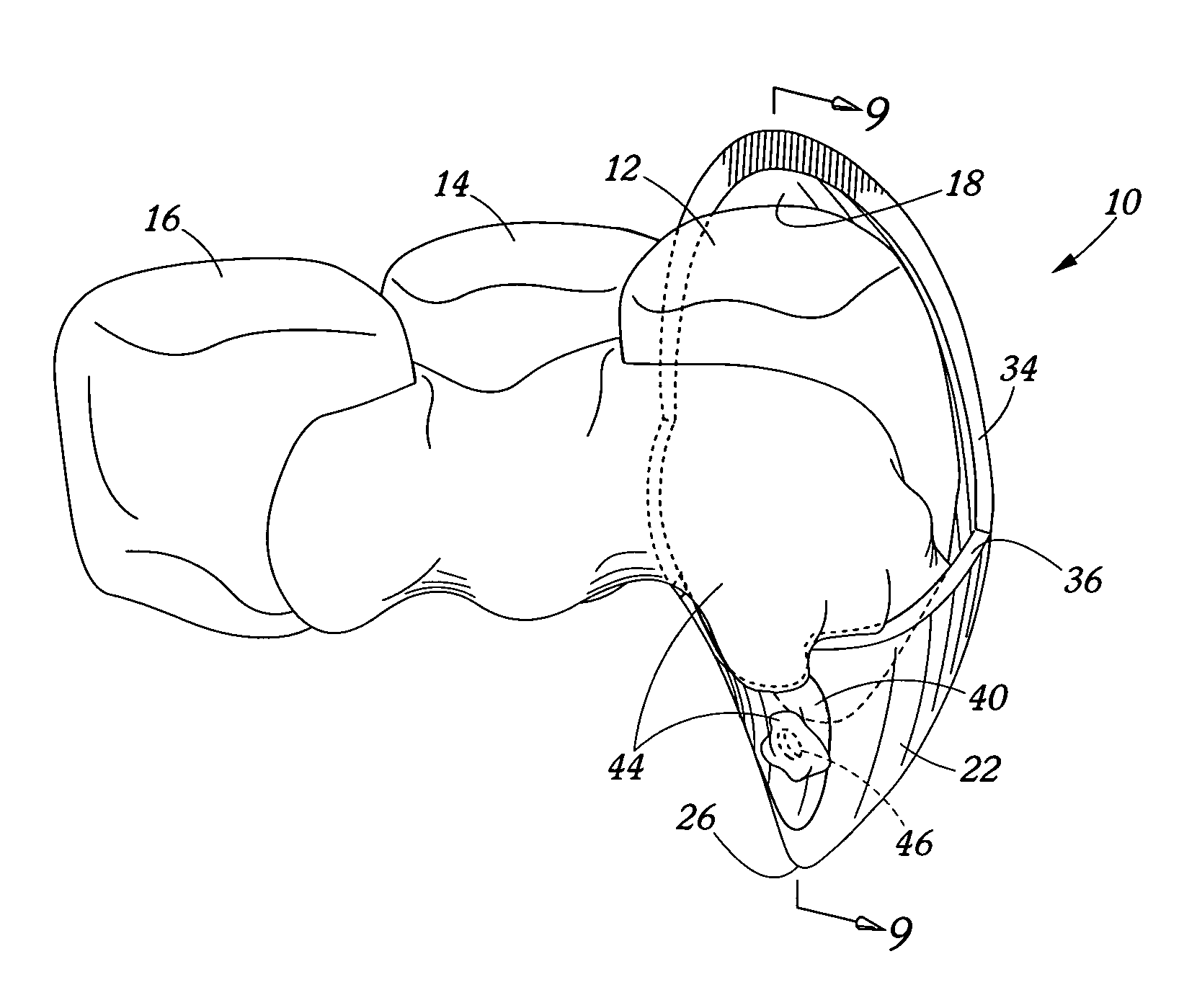
3. Climate Adaptive Halloween Costume - U.S. Patent No. 6,904,612
Depending on where you live, it can get chilly during a night of trick or treating. This three-layered costume is insulated to keep kiddos warm during the night. Insulating material is disposed throughout the costume. While the two other layers serve as ventilation and the overall design of the costume.
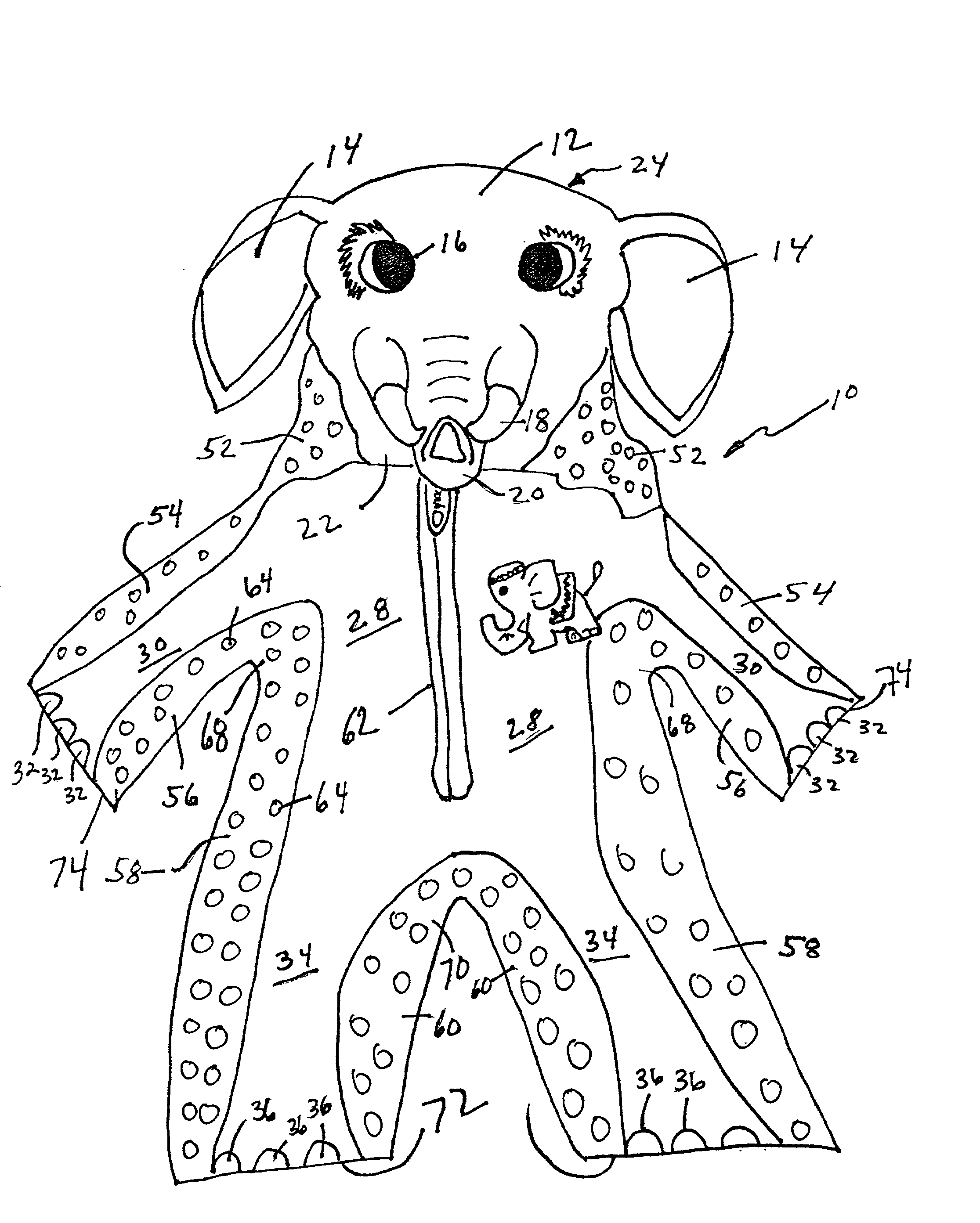
Whether you will dawn a costume of your own or sit back and eat handfuls of candy, we at Suiter Swantz want to wish you a Happy Halloween!
Suiter Swantz IP is a full-service intellectual property law firm providing client-centric patent, trademark, and copyright services. If you need assistance with an intellectual property matter and would like to speak with one of our attorneys, please contact us at info@suiter.com.
Sean Suiter Teaching Patent Law Course at Creighton University School of Law
Suiter Swantz IP Co-Owner and Patent Attorney, Sean Patrick Suiter, is teaching Patent Law at Creighton University School of Law during the 2020 fall semester.
 His course focuses on the fundamental principals of patent law and is designed for students interested in the intellectual property law. Since 1998, Sean has taught a variety of patent and copyright law courses through Creighton University.
His course focuses on the fundamental principals of patent law and is designed for students interested in the intellectual property law. Since 1998, Sean has taught a variety of patent and copyright law courses through Creighton University.
Sean holds undergraduate degrees in English Literature, Chemistry, and Physics from Creighton University and the University of Nebraska, respectively. Sean received his Juris Doctor from Creighton University Law School. Additionally, he is a member of Delta Sigma Rho and Tau Kappa Alpha.
Sean is admitted to the U.S. District Court, District of Nebraska (1990); U.S. Court of Appeals, for the Federal and Eighth Circuits, U.S. Court of International Trade, U.S. Court of Federal Claims, U.S. Supreme Court (1991); and is registered to practice before the United States Patent and Trademark Office.


